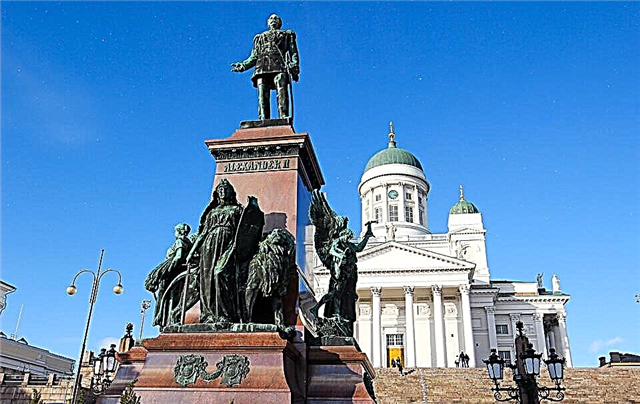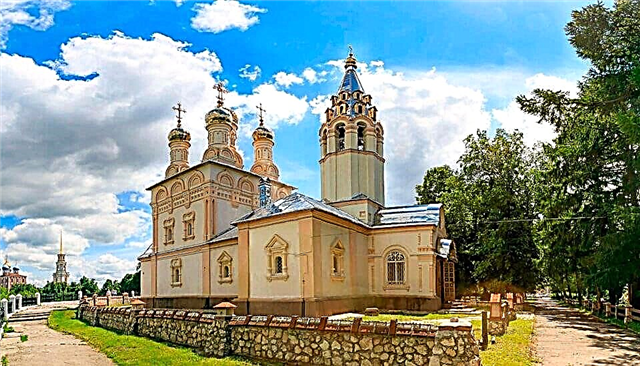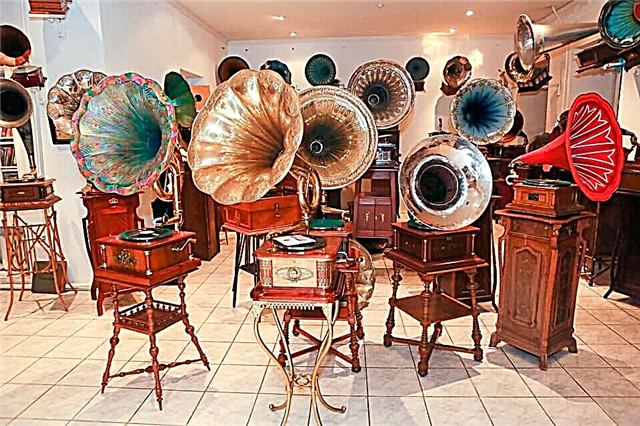About 160 churches in Russia were consecrated in honor of the Smolensk Icon of the Mother of God, rightfully recognized as one of the most important shrines of the Russian land.
Description
Having traveled a long way from Jerusalem to Constantinople, this icon appeared in Russia in 1046, as a dowry received by the Russian prince Vsevolod Yaroslavich for his wife, the Byzantine princess Anna. Vsevolod's son, Vladimir Monomakh, brought the icon to Smolensk, for which it received the name "Smolensk".

With the help of the Smolensk Icon of the Mother of God, Monomakh was able to end the princely feuds, establish peace and tranquility in Russia. According to church tradition, the miraculous image of the Mother of God of Smolensk saved Smolensk from the invasion of Batu's troops, and on the eve of the war with Napoleon, the shrine was transported to Moscow, and Russian soldiers prayed to her. During the years of Soviet power, the icon mysteriously disappeared and has not yet been found, but copies of it have been distributed in huge numbers in churches and homes of believers.
A Brief History of the Smolensk Church in Murom
One of the Russian churches, consecrated in the name of the Smolenskaya Icon of the Mother of God, is located in Murom. It stands on the steep bank of the Oka, at the intersection of Mechnikov and Gubkin streets. Thanks to its convenient location and high bell tower, the church dominates the surrounding buildings in this area. The history of the Smolensk Church dates back to 1804, when a fire destroyed a wooden church and a stone church was erected in its place.... The Murom merchant Mikhail Ivanovich Elin provided the amount sufficient for the construction of two side-chapels. The main altar was consecrated in the name of the icon of the Mother of God "Smolenskaya", and the second chapel - in honor of the great martyr Catherine. In 1832, a bell tower was added to the church, and in 1838 - a heated refectory, in which an altar was created in honor of the icon of the Mother of God "Joys of All Who Sorrow". In 1840, a 200-pound bell (3276 kg) appeared in the church, cast at the expense of the Murom merchants Titov, Yelin and Kiselev. An old altar cross from 1676, containing particles of holy relics, was chosen as the main shrine of the temple. In 1868, after the collapse of a tent in a nearby churches of Cosmas and Damian the surviving icons and church utensils were transferred to the Smolensk Church. In connection with this event, the Smolensk Church received a second name - Novo-Kosmodemyanskaya.
Architecture of the Smolensk Church
The Church of the Smolensk Icon of the Mother of God was built in the style of classicism... The main side-altar is a quadrangle crowned with a massive octahedral drum and a bulbous cupola. From the east, a pentahedral apse adjoins the main building, and from the north and south - ornate porticoes resting on columns. The three-nave refectory, covered with sail arches, is slightly understated. It is spacious and designed like a hall. The overall composition of the Smolensk Church is dominated by a three-tiered, faceted bell tower, finished with a cone-shaped roof with a spire. The belfry is richly decorated with false arched openings, columns and pilasters with capitals.
Attraction rating











